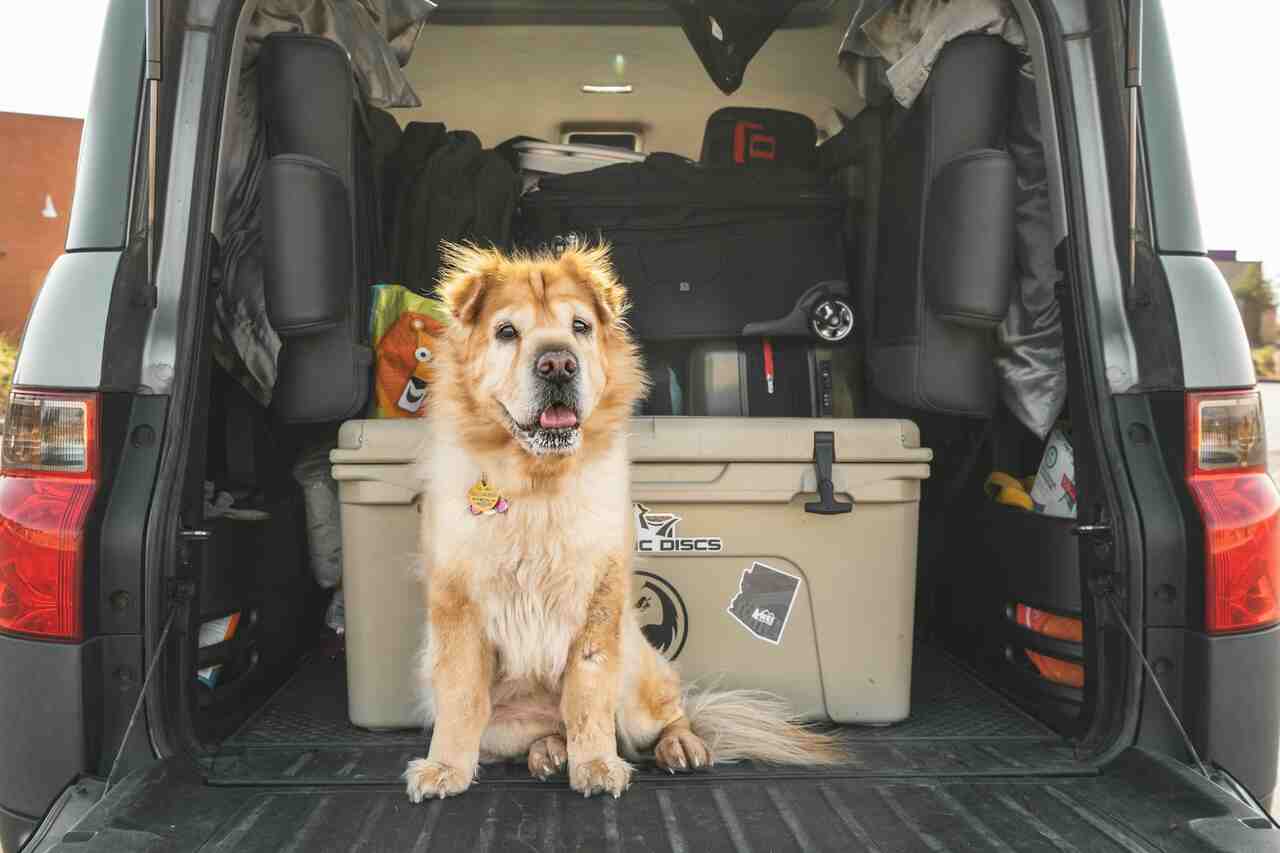
Traveling is a great opportunity to relax and recharge. However, for pet owners traveling with their pets, going on vacation can bring some unexpected challenges.
+ Impressive video shows man scaring off a bear by imitating Hulk
+ This video of puppies and babies is the cutest thing you’ll see today
To help keep these vacations stress-free (or at least as stress-free as possible), here are some common mistakes pet owners make when taking their pets on a trip and some advice on how to avoid them:
1. Not planning ahead
“One of the biggest mistakes is not planning the trip with your pet in mind,” explained Erin Askeland, animal health and behavior consultant at Camp Bow Wow, in a conversation with the Huffpost website.
“This includes not researching pet-friendly accommodations, not checking airline or transportation regulations, and not considering your pet’s specific needs during the trip and any situations that may arise.”
2. Not talking to your vet before the trip
Grant Little, a veterinary specialist at JustAnswer, explained that a common mistake he often sees is that people don’t talk to their vets about traveling.
“Talk to your vet about the paperwork you need to complete and any vaccinations or tests, and be prepared for the possibility that it might not work out. Have a plan B if it means your pet will stay with someone else, in a boarding facility, or some other type of care,” he suggested to Huffpost.
3. Not considering the difference between driving and flying
Little went on to say that people don’t take into account the difference between driving and flying. “Driving can cause much more motion sickness due to hills, mountains, curves, and weather conditions while driving. Knowing if your pet gets carsick can help determine the feasibility of this option and whether you’ll need to address it before getting in the car.”
4. Forgetting identification
“Not ensuring pets have proper identification is a mistake,” warned Dr. Ricky Walther, a veterinarian at Pawlicy Advisor, to Huffpost.
“Make sure your pets have updated ID tags and microchips. Include your contact information and, if possible, a travel itinerary.”
5. Ignoring training and acclimation
Askeland advised people to train and prepare their pets for the trip well in advance.
“Traveling can be stressful for pets, especially if they’re not used to it. Many people don’t train their pets for travel scenarios or acclimate them to carriers or crates beforehand,” she explained.
6. Neglecting traffic safety
“Just like us, keeping our pets safe, secured, and properly restrained in the car is essential,” said Dr. Danielle Bernal, global veterinarian at Wellness Pet Company, to Huffpost. “Pets should never be in the front seat or in the back of an open pickup truck.”
“Using a carrier or restraint system, with both options supported by a seatbelt or anchor, can keep pets safe and prevent them from wandering and potentially distracting the driver.”
7. Traveling without adequate breaks
“When traveling by car, stop frequently every four hours to let your dog out, so they can stretch, drink, eat, and move around,” advised Little.
“With cats, it’s more difficult because they will have to stay more confined, but you can allow them to walk around more in the car when you’re at a rest stop.”
8. Changing the feeding routine
“Avoid feeding pets right before traveling. Feed pets a light meal a few hours before departure to reduce the risk of travel-induced nausea,” explained Walther.
He also advised owners to remember to bring enough regular food for the entire trip to avoid sudden changes in diet, which can cause issues.
9. Not prioritizing comfort
“Another mistake is not considering the animal’s comfort during the trip,” added Walther. “Bring familiar items, such as bedding and toys, so pets feel secure. Ensure adequate ventilation and temperature control in the vehicle.”
This content was created with the help of AI

